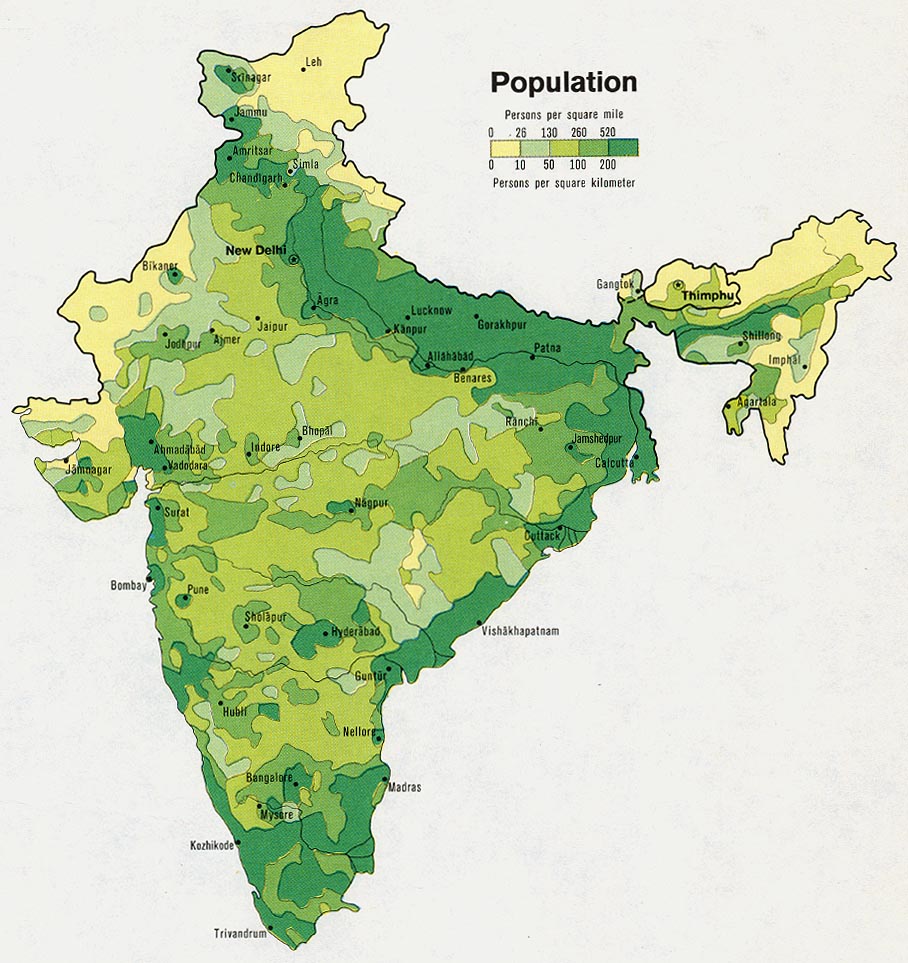
Could the next vehicle you drive be powered not by gas from a drilled well but by a cleaner form of energy known as biogas or biomethane? Climate improvement may be encouraged by a solving a problem.
Oil wells – part of the 20th century landscape – are not only becoming a relic of the past, they are now a menace to the future. Old wells, once dry of oil, continue to emit pollution. More recently, other kinds of wells have been opened for hydraulic fracturing, sometimes called fracking, uses water to power invasive drilling to release oil and gas locked in rock formations. Drillers use underground water, promising to seal off the well. But what happens when the fracking site is no longer productive? Millions of older fracking wells are now starting to leak pollutants. And now, with the renewable energy becoming competitive in price and superior in environmental quality, wells are becoming antiquated. Moreover, the fossil fuel energy industry is stressed by dropping oil prices due to the 2020 viral pandemic: people are driving less; planes are parked in airports. Energy company bankruptcies are growing. Sometimes companies sell the wells to a new owner who then resells, and finally when it is no longer productive, the well is abandoned. No one is responsible for clean-up, since the original builder of the well has long since moved on.

According to the Groundwater Protection Council, “orphaned wells” are beginning to leak methane. Recent reports by the Intergovernmental Panel on Climate Change (IPCC) flagged methane from abandoned oil and gas wells as an emerging global risk, in an April 2020 report. Worldwide, there may be 29 million abandoned gas and oil wells. Canada, where oil sands mining prevails, reported 313,000 abandoned wells emitting 10 kilotons of methane. The United States has 2 million abandoned wells: most were never properly sealed. China, Russia, and Saudi Arabia (the three other large oil and gas producers, along with Canada and USA) have not revealed their methane leakage from wells. Even small amounts of methane pose dangers. The United States reports methane as the cause of 10% of the country’s greenhouse gas emissions, but methane is 84 times more damaging than carbon dioxide in the first two decades of release, and 28 times over a century’s timeframe. Methane is one of the seven greenhouse gases regulated under the Kyoto Protocol: the list includes carbon dioxide (CO2), methane (CH4), nitrous oxide (N2O), hydrofluorocarbons (JFCs), per fluorocarbons (PFCs), sulphurhexaflouride (SF6), and nitrogen trifluoride (NFc). These gases are dangerous because they are stable, meaning they stay in the atmosphere once released. Methane has been identified as responsible for 25% of global warming.

Yet methane is a valuable energy source, when harnessed. One possible solution: biogas (biomethane). Biomethane is formed by decomposing organic substances like agricultural or animal waste, even sewage. With upgrades, biogas can achieve an energy productivity equal to natural gas. Biogas can be recovered from waste treatment plants and refined to renewable natural gas (RNG) to generate electricity or even power car. Another method: fuel cell technology using waste; there is no combustion, so no exhaust and related pollution. A sample project using biogas to power fuel cells can be found in Fountain Valley, California; Apple uses fuel cell energy from Bloom Energy.
As the world emerges from the coronona virus pandemic, countries are funding re-entry for businesses, cities, and states. Is 2020 the time to seize the opportunity to capture methane from old wells as the energy sector rebuilds?
Dlouhy Jennifer A “EPA Seeks to Abandon Regulation of Methane Leaks From Oil Wells.” 29 August 2019. Bloomberg News. TransportTopics. https://www.ttnews.com/articles/epa-seeks-abandon-regulation-methane-leaks-oil-wells.
Groom, Nichola. “Millions of abandoned oil wells are leaking methane, a climate menace.” 16 June 2020. Reuters. https://www.reuters.com/article/us-usa-drilling-abandoned-specialreport/special-report-millions-of-abandoned-oil-wells-are-leaking-methane-a-climate-menace-idUSKBN23N1NL
Kyoto Pr
The World Energy Foundation. “Methane Capture and Use as a Clean Energy Source.” 16 June 2015. https://theworldenergyfoundation.org/methane-capture-and-use-as-clean-energy-source/.
Building the World Blog by Kathleen Lusk Brooke and Zoe G. Quinn is licensed under a Creative Commons Attribution-NonCommercial-NoDerivs 3.0 Unp






